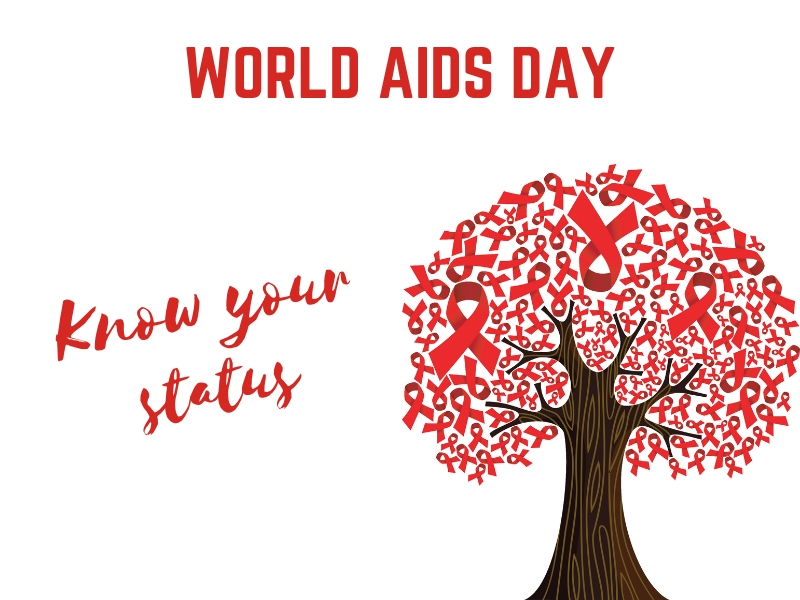AIDS remains one of the world’s significant public health challenges, especially in the underdeveloped and developing countries. Today, December 1, 2018 marks the 30th anniversary of World AIDS Day — a global health campaign that was initiated in 1988 by the World Health Organisation (WHO). The theme of 2018 World AIDS Day is ‘Know your Status’ and like every year, this year too is dedicated to raising awareness of the AIDS pandemic. Sadly, despite tremendous progress in the healthcare sector, India has an estimated 21.4 lakh people infected with HIV. Here are some global facts/statistics on AIDS/HIV on the occasion of World AIDS Day.
- World AIDS Day is one of the eight official global public health campaigns, along with World Health Day, World Blood Donor Day, World Immunization Week, World Tuberculosis Day, World No Tobacco Day, World Malaria Day and World Hepatitis Day, marked by the World Health Organization (WHO).
- For World AIDS Day 2018, WHO aims to achieve two main objectives which is to urge people to know their HIV status through testing, access to HIV prevention, treatment and care services and secondly, to urge the policy-makers to promote a “health for all” agenda for HIV and its related health services, such as tuberculosis (TB), hepatitis and non-communicable diseases.
- As per key facts published on the WHO website on July 19, 2018 there were approximately 36.9 million people living with HIV across the world at the end of 2017 with 1.8 million people becoming newly infected.
- In 2017, close to 940, 000 people died from HIV-related causes globally.
- The WHO African region is the most affected region, with 25.7 million people living with HIV in 2017 and accounts for over two-thirds of the global total of new HIV infections.
- There is no cure for HIV infection. However, effective antiretroviral (ARV) drugs can control the virus and help prevent transmission.
- 59 percent of adults and 52 percent of children living with HIV were receiving lifelong antiretroviral therapy (ART) in 2017 globally.
- Key population groups that are at increased risk include men who have sex with men, people who inject drugs, people in prisons and other closed settings, sex workers and their clients and transgenders.
- According to the HIV estimations 2017 report released recently by National AIDS Control Organisation, by the end of 2017, there were an estimated 21.4 lakh people living with HIV in India.
- As many as 11.81 lakh people are on anti-retroviral treatment in India.
- The HIV epidemic in India is driven by sexual transmission, which accounted for 86 percent of new infections in 2017/2018. The three states with the highest HIV prevalence in India are Manipur, Mizoram and Nagaland.
- India’s Supreme Court decriminalised homosexuality between consenting adults in September 2018. The SC ruling overturned Section 377, a British pre-colonial era law that banned ‘carnal intercourse against the order of nature’ and carried a maximum jail sentence of 10 years. According to Avert — an international HIV and AIDS charity based in Brighton, United Kingdom, till date it meant that HIV services were out of reach for men who have sex with men in India. However, the recent decision has overturned a ruling made by the Supreme Court in 2013 that reinstated Section 377.
- HIV testing reach is still limited globally, as an estimated 25 percent of people with HIV or 9.4 million people remain undiagnosed and don’t know their infection status.
- WHO strongly recommends that access to HIV testing and medicines should be dramatically accelerated by all nations in order to reach the goal of eradicating AIDS by 2030.
Posted in International
























